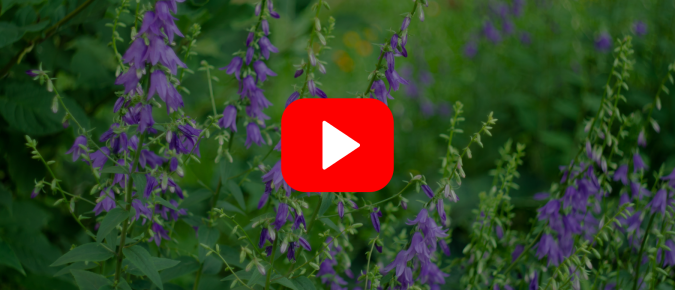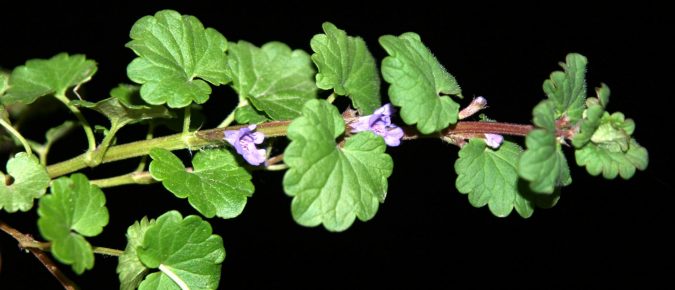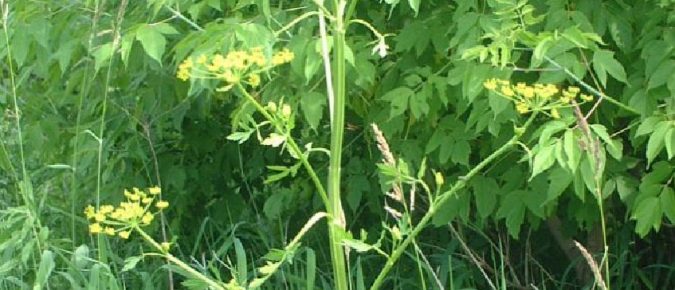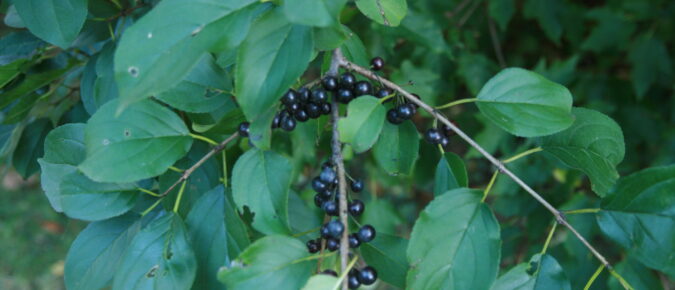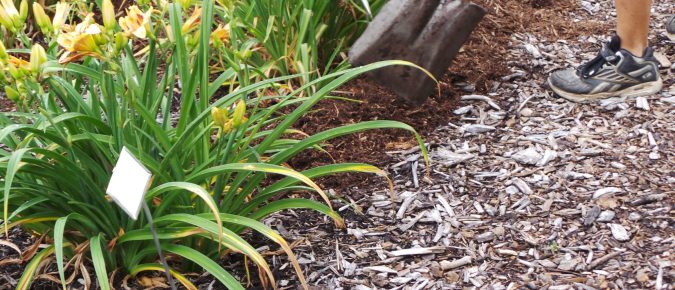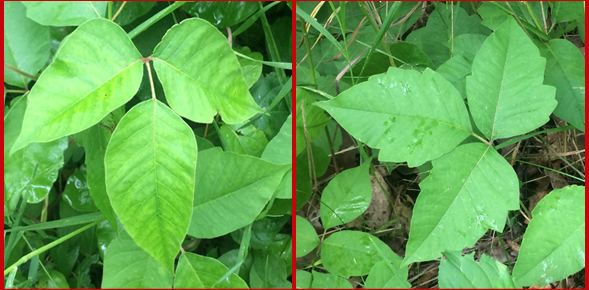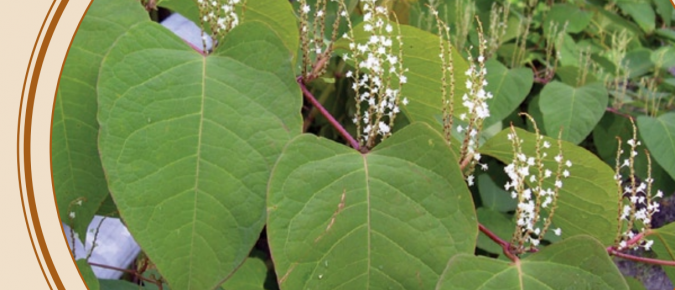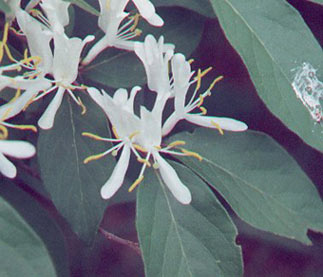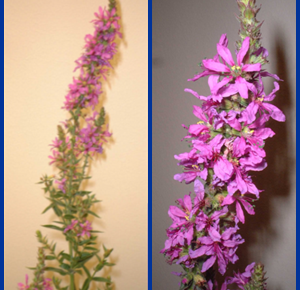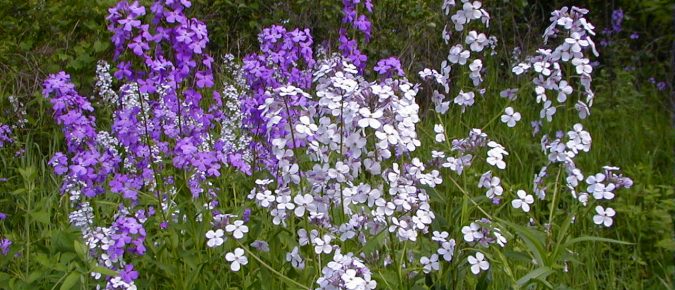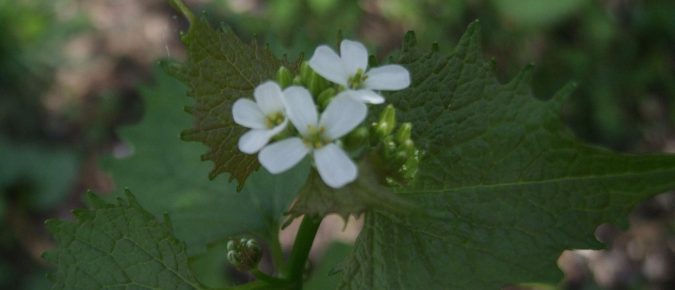Learn about the biology and management of three common creeping perennials that can invade lawns and gardens in Wisconsin: Canada thistle, Bishop’s goutweed and creeping bellflower.
Known by several common names, Glechoma hederaceae is a pest in lawns and gardens. Often called Creeping Charlie or Ground Ivy, it thrives in moist, shady spots and is difficult to eradicate. Learn about this creeping nuisance in this article…
Wild parsnip (Pastinaca sativa) is an aggressive Eurasian member of the carrot family that grows in sunny areas and tolerates dry to wet soil types. Very invasive, it can overtake roadsides and fields. Contact with this plant can cause severe skin blisters and permanent scarring. Learn how to identify and control this invasive plant in this factsheet.
The Management of Invasive Plants in Wisconsin series explains how to identify invasive plants, including common and glossy buckthorns, and provides common management options.
Boost your garden’s production with mulches. This publication shows when to use organic mulches, like bark or leaves, and synthetic mulches, like plastic sheets, and teaches how to apply them.
Poison Ivy is a perennial woody plant that grows as either a low shrub or a climbing vine. Poison ivy is native to North America and is common in Wisconsin, growing in pastures, roadside ditches, fence rows, wooded forests, beaches and parks. Contact with poison ivy causes skin rashes, blisters and other allergic reactions. Learn identification and control in this factsheet.
Japanese Knotweed, which is native to Asia, has become an invasive plant in Wisconsin. This brochure describes the plant and gives recommendations for control.
Includes history, distribution, habitat, similar species, threats, identification and impact, of the shrub honeysuckles that are invasive in the Midwest. Photos and discussion of control strategies are also included.
Purple loosestrife (Lythrum salicaria) is a fast-spreading, tall Eurasian plant that grows primarily in wetlands and ditches, but can invade home gardens. This factsheet covers identification and control of this attractive, yet invasive, plant.
Dame’s rocket is a Eurasian biennial belonging to the mustard family. It was introduced to North America in the 1600’s and has naturalized itself in moist, wooded areas, but can also invade open areas. Learn how to identify and control this invasive plant in this factsheet.
Garlic mustard (Alliaria petiolata) is a European woodland plant introduced to North America by early settlers for its culinary and alleged medicinal qualities. Identification and control methods are covered in this concise factsheet.

